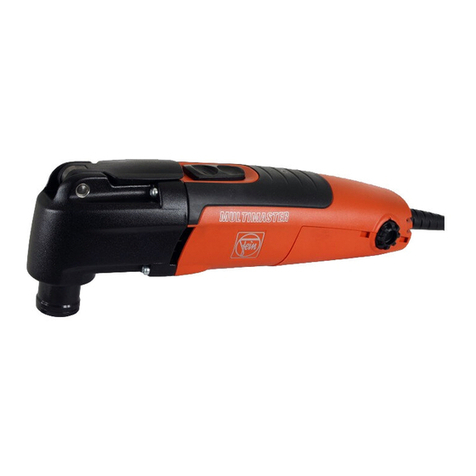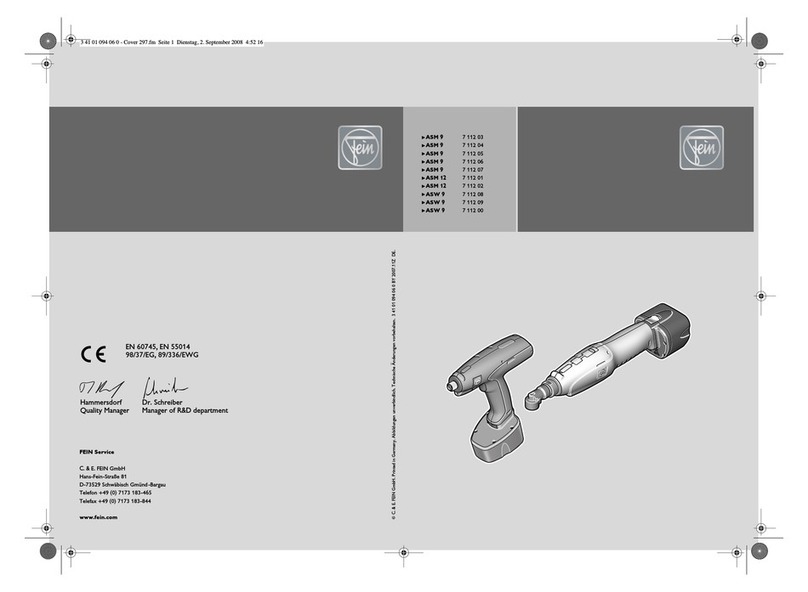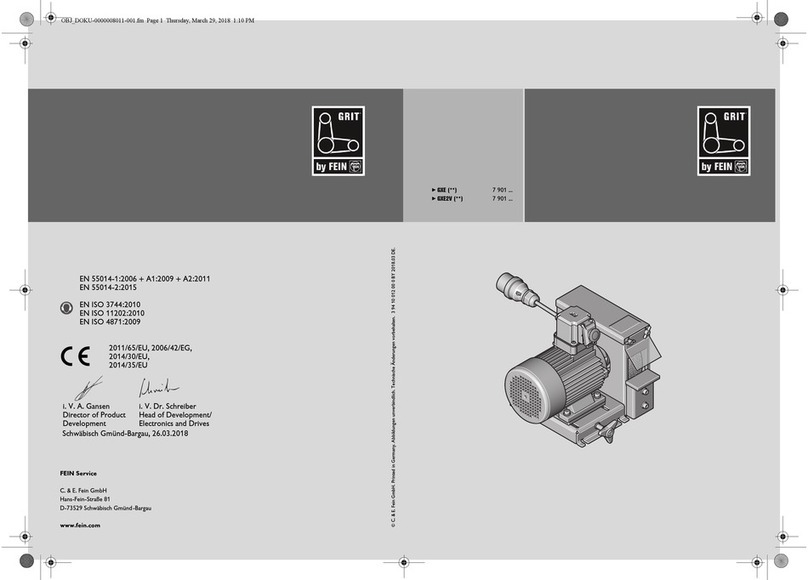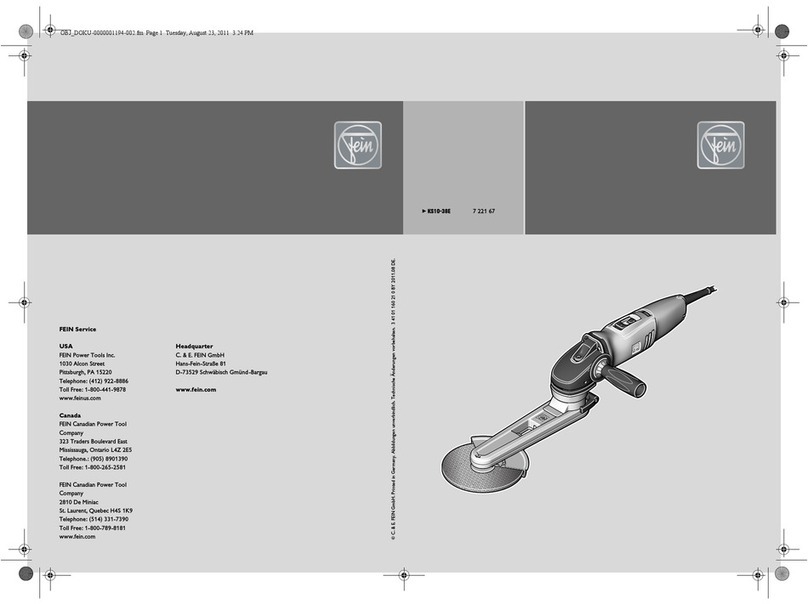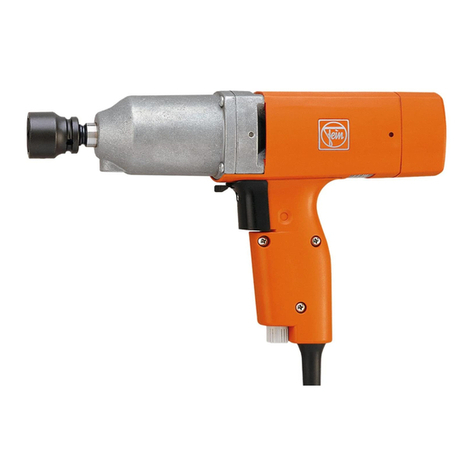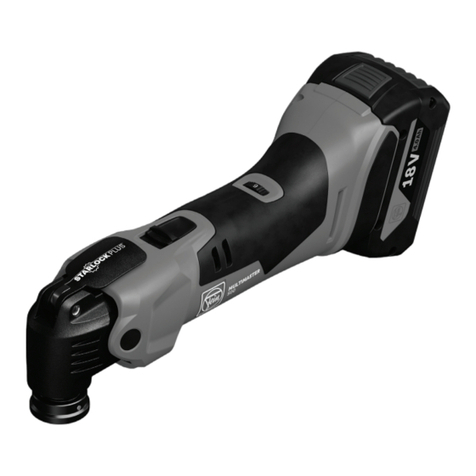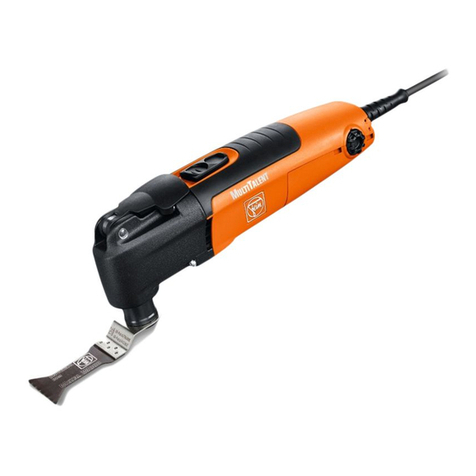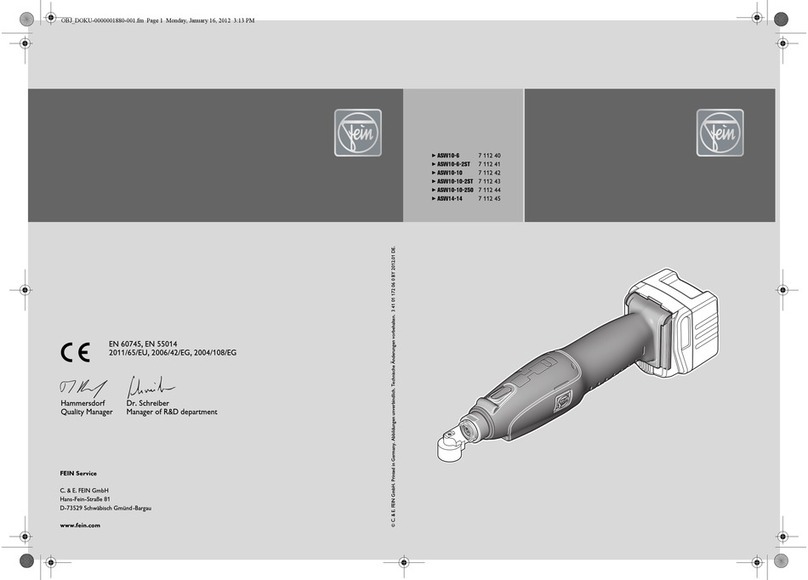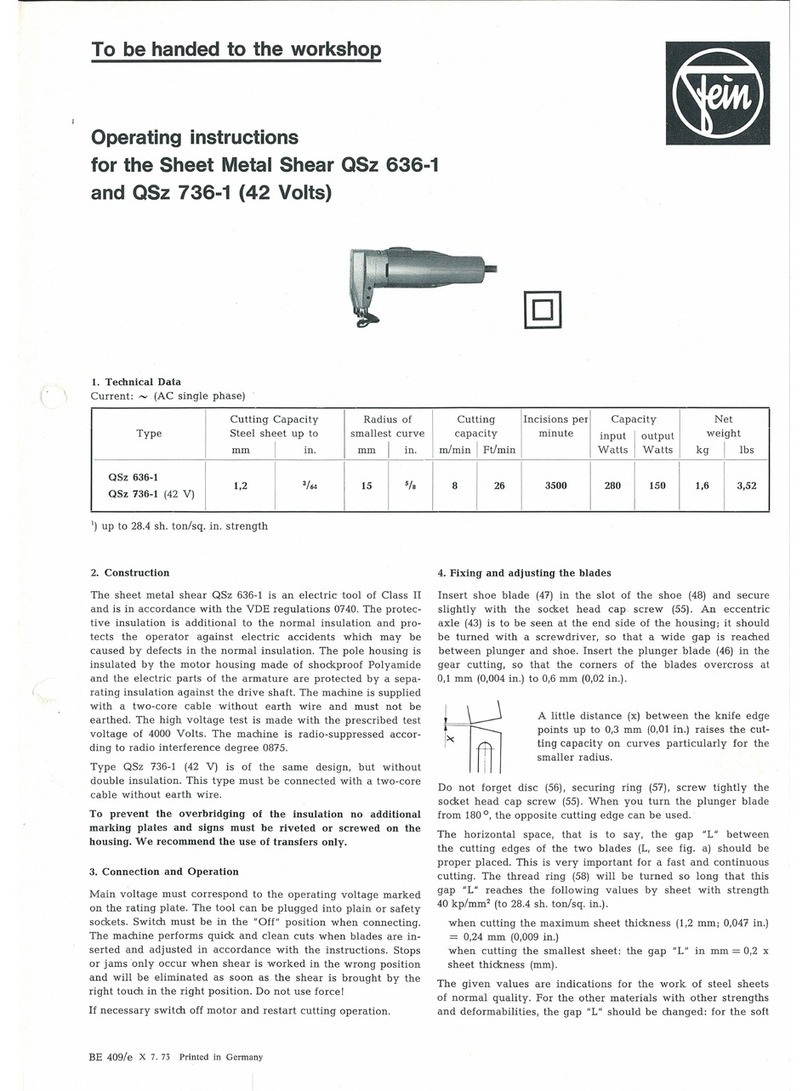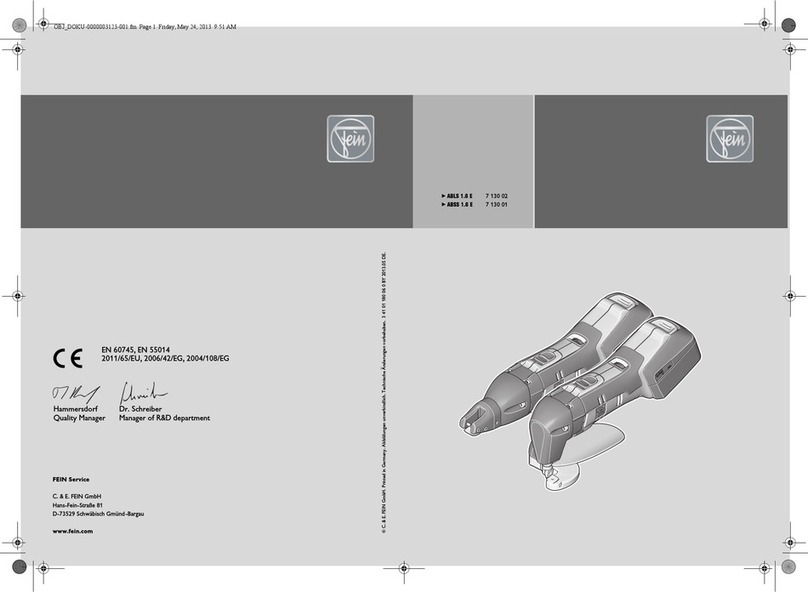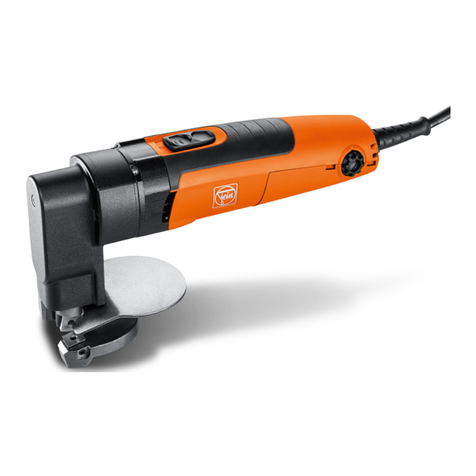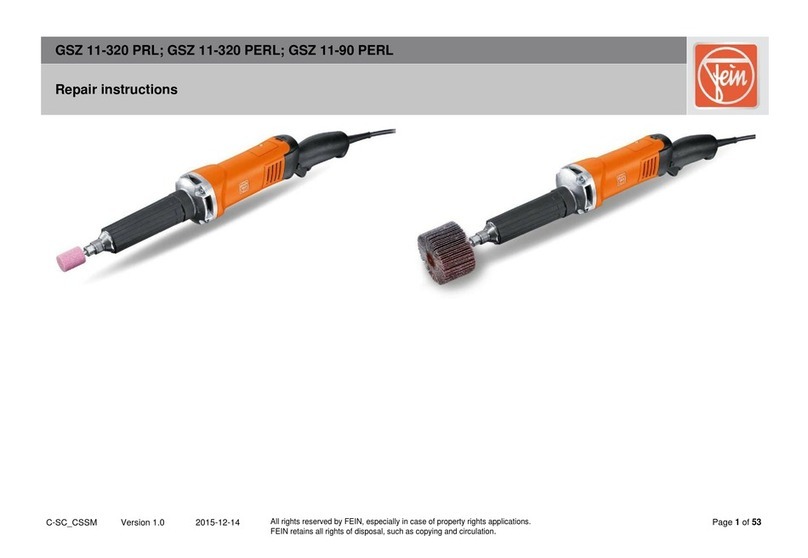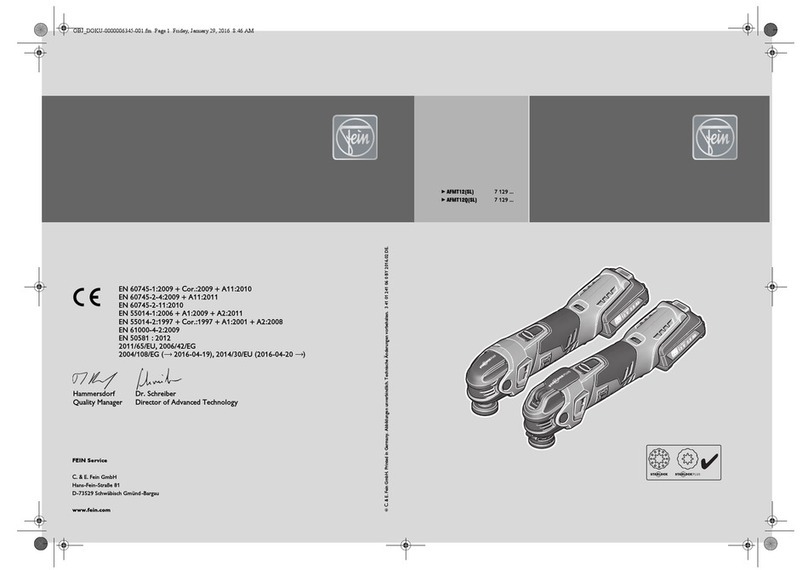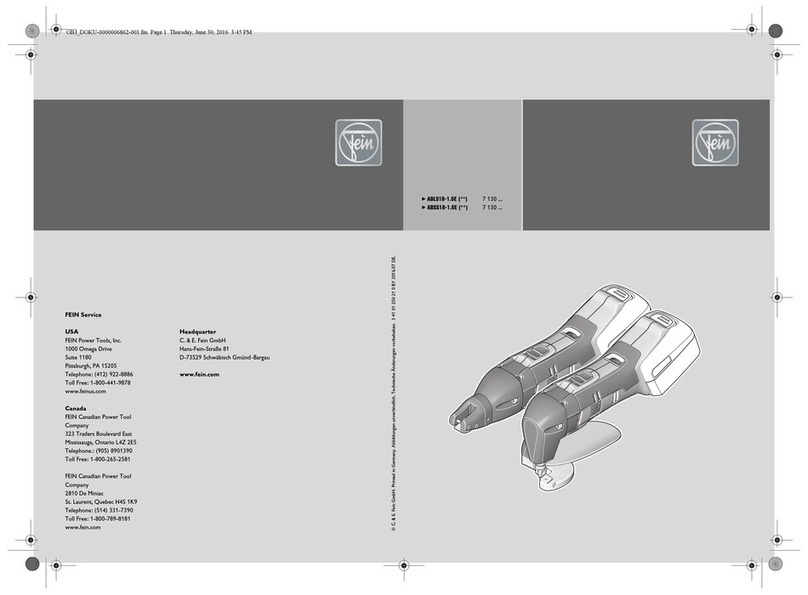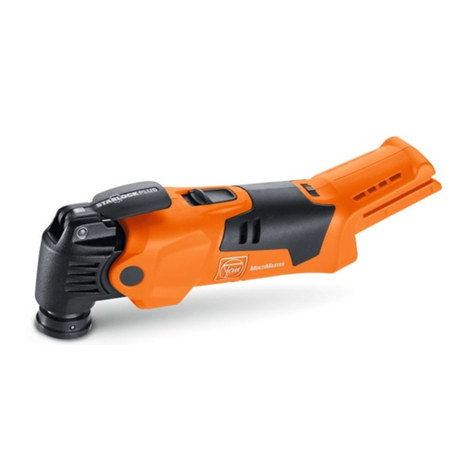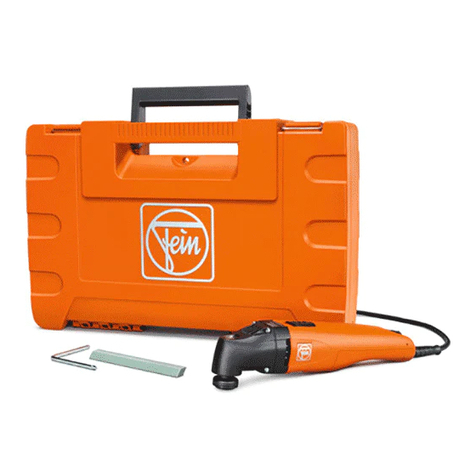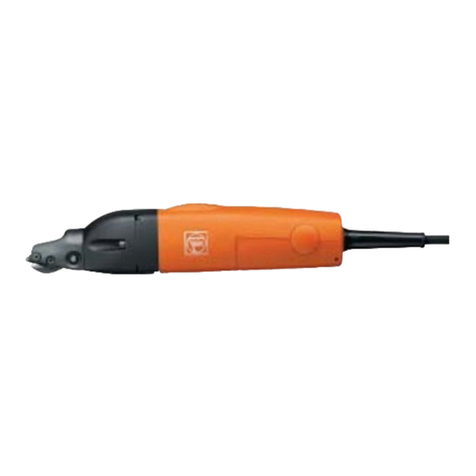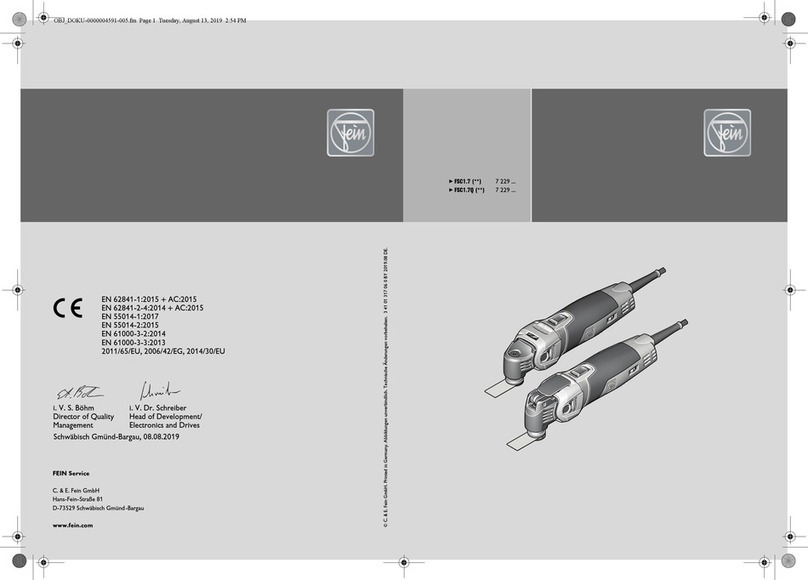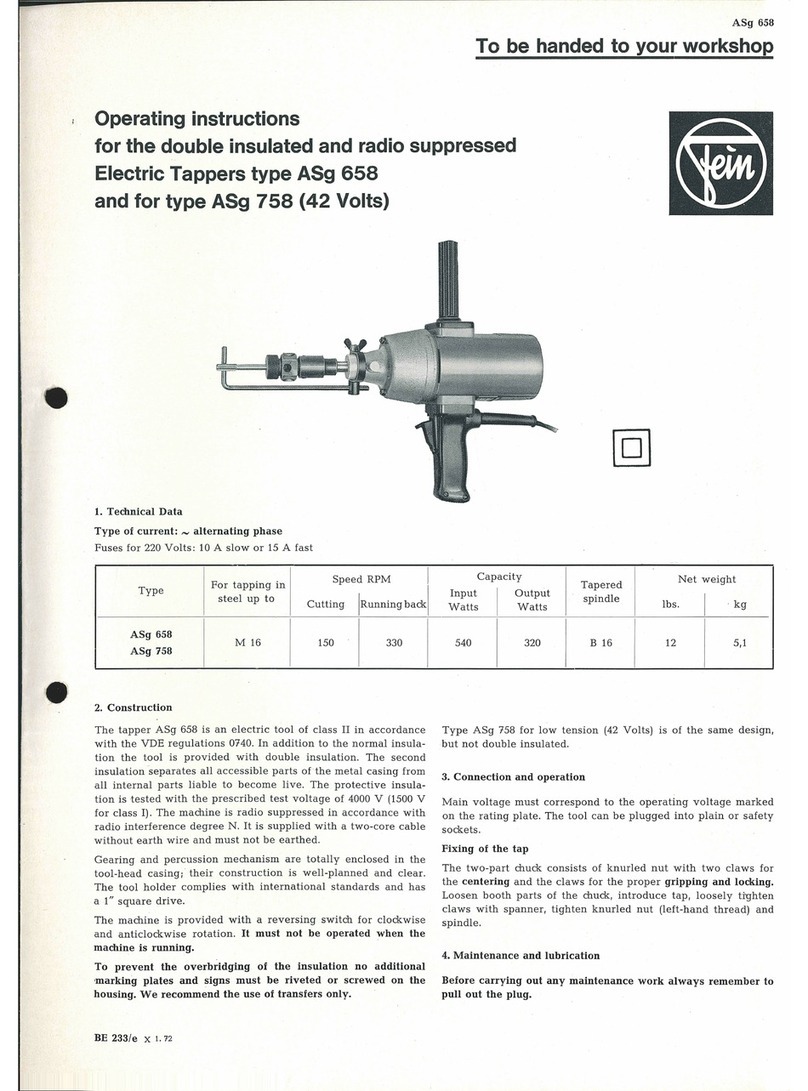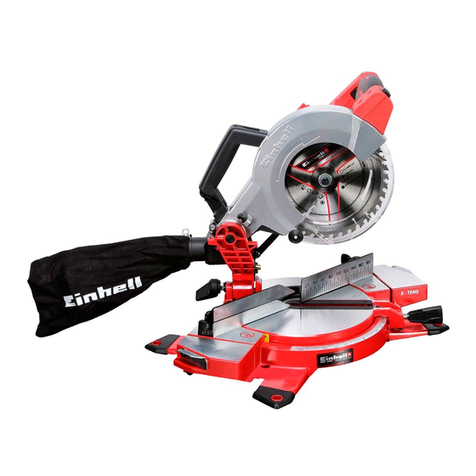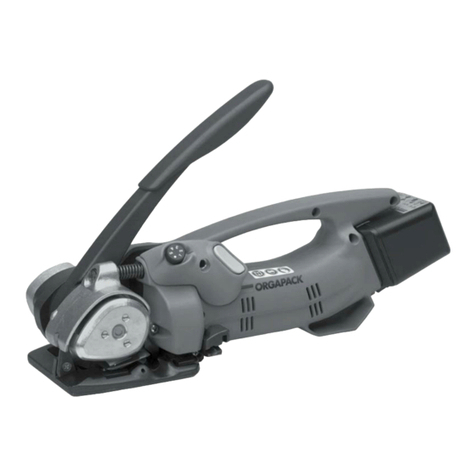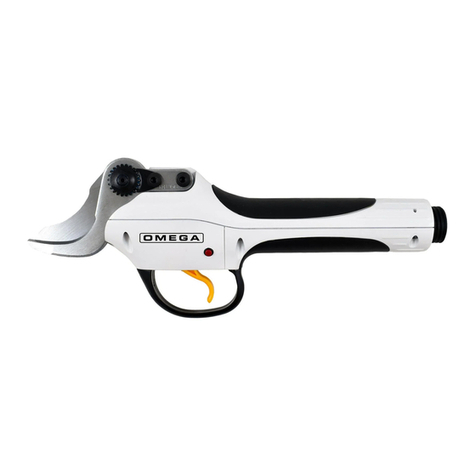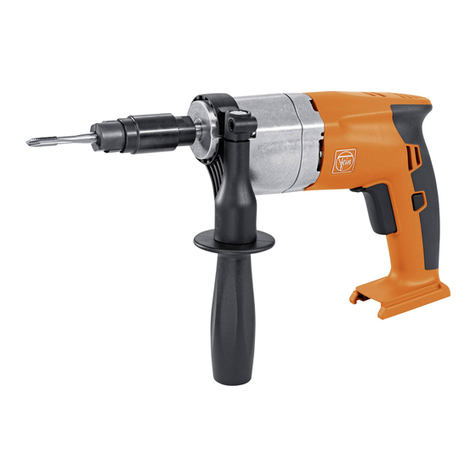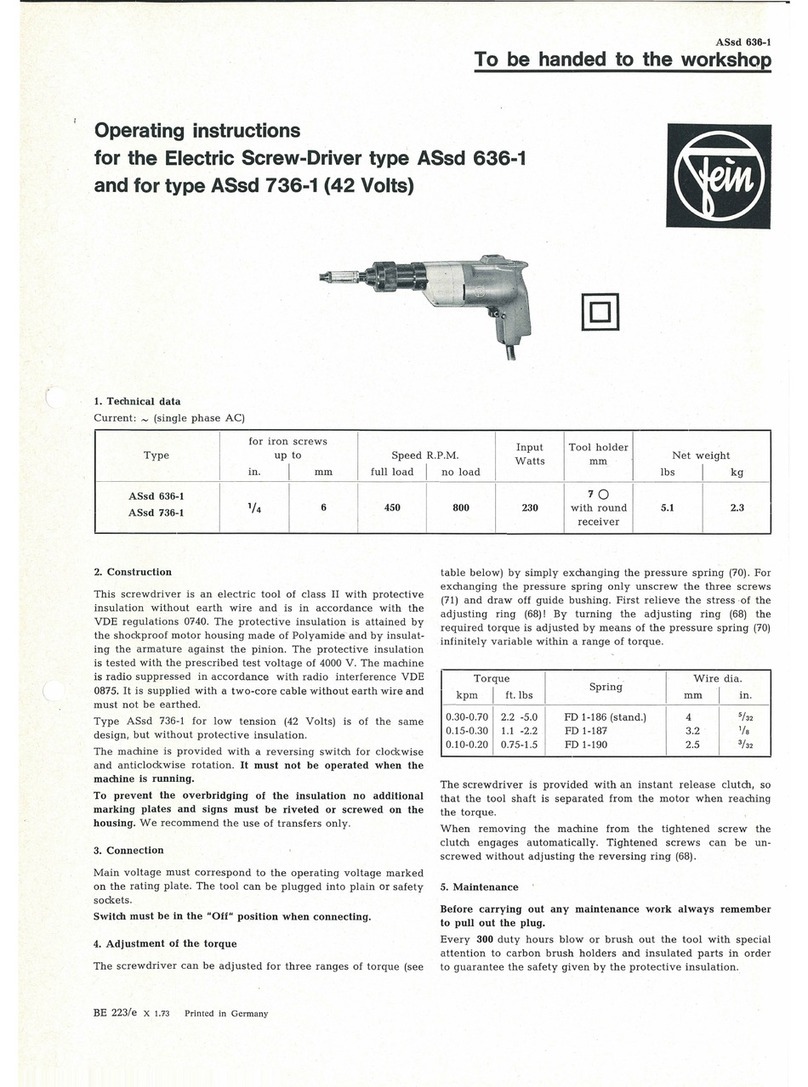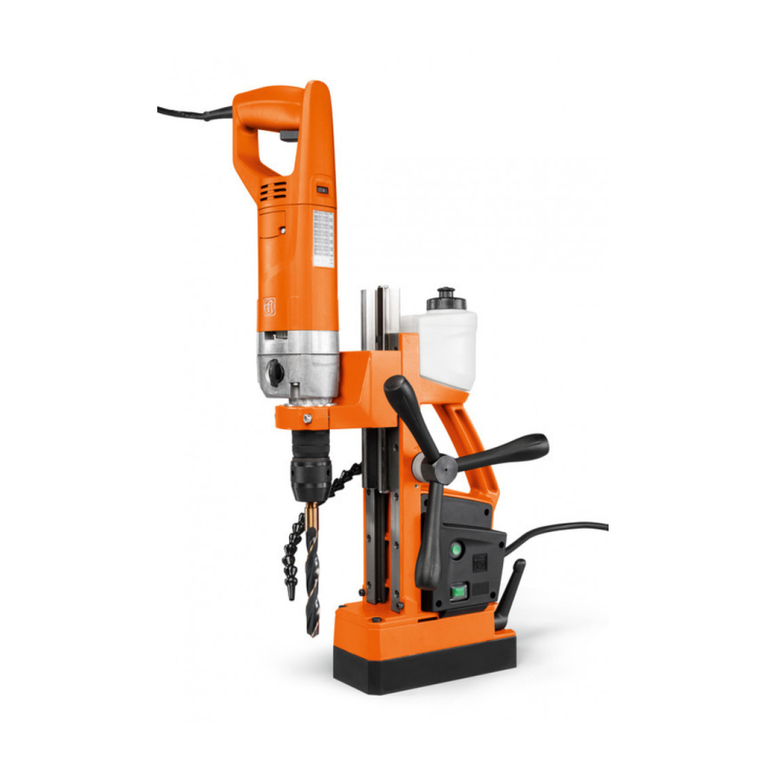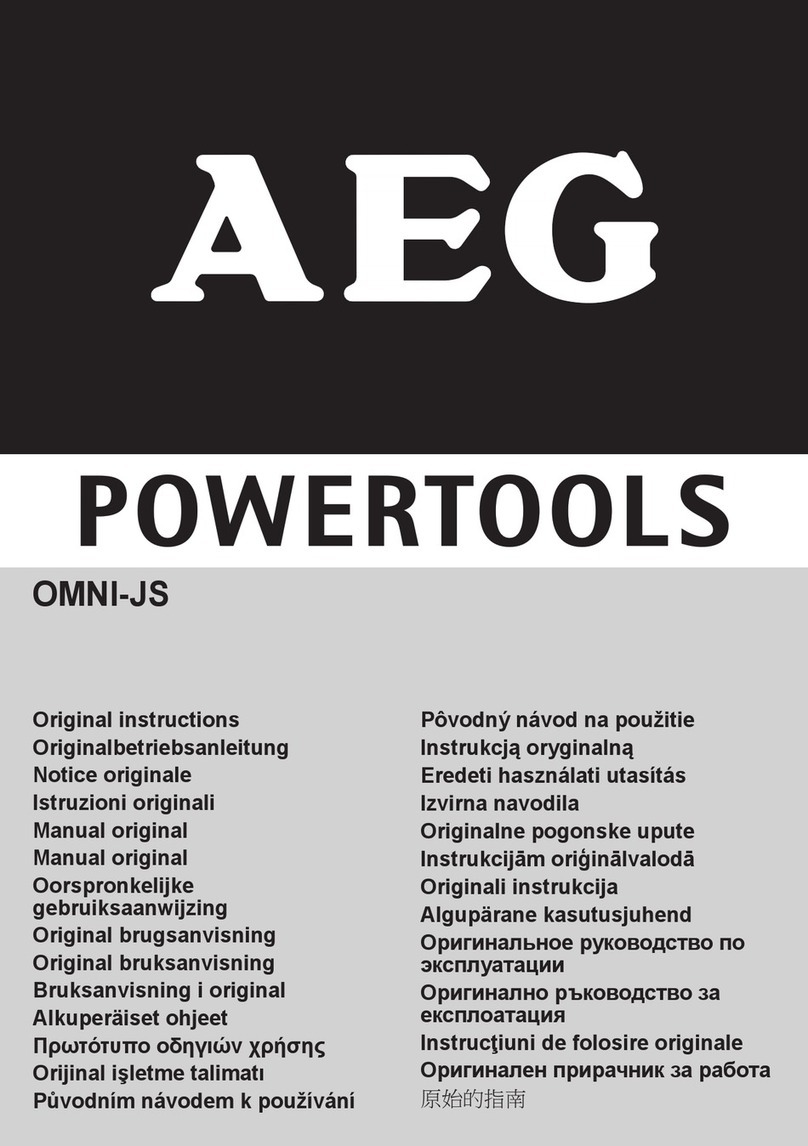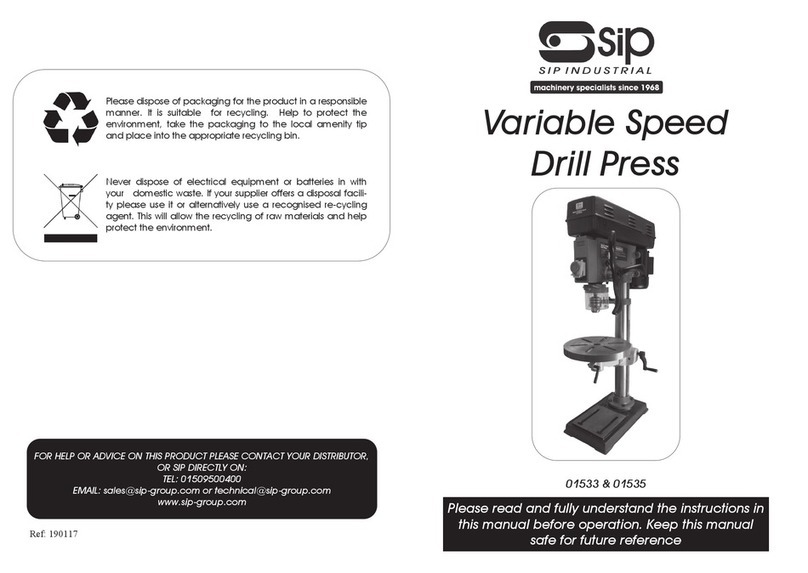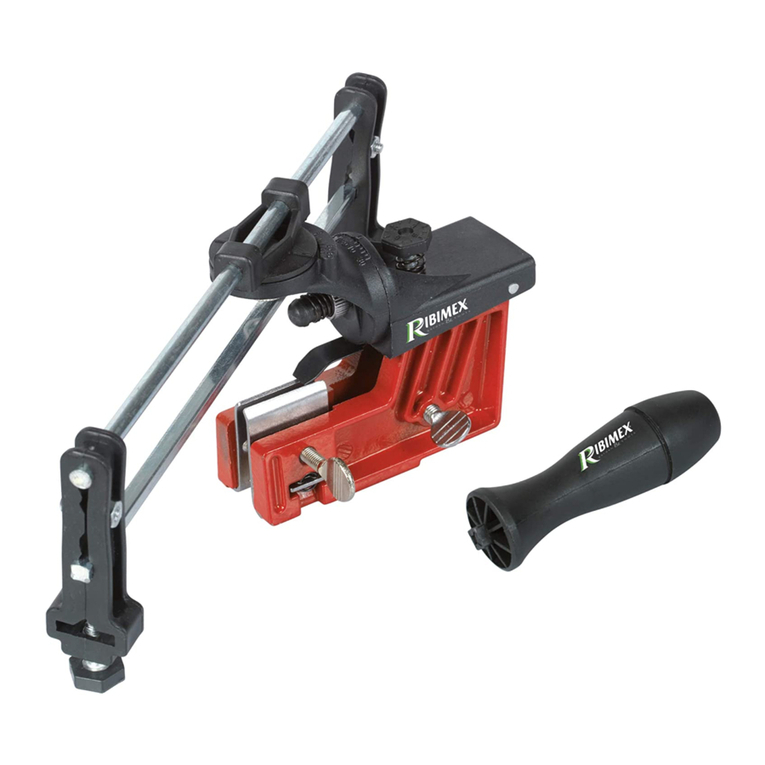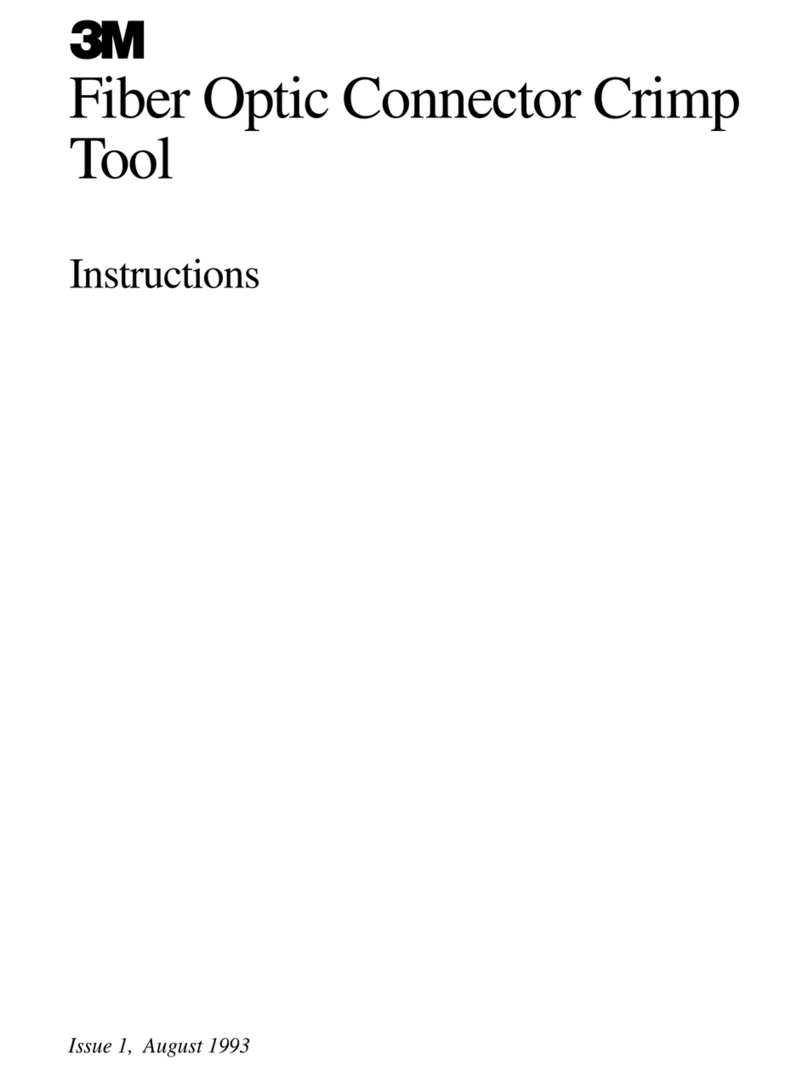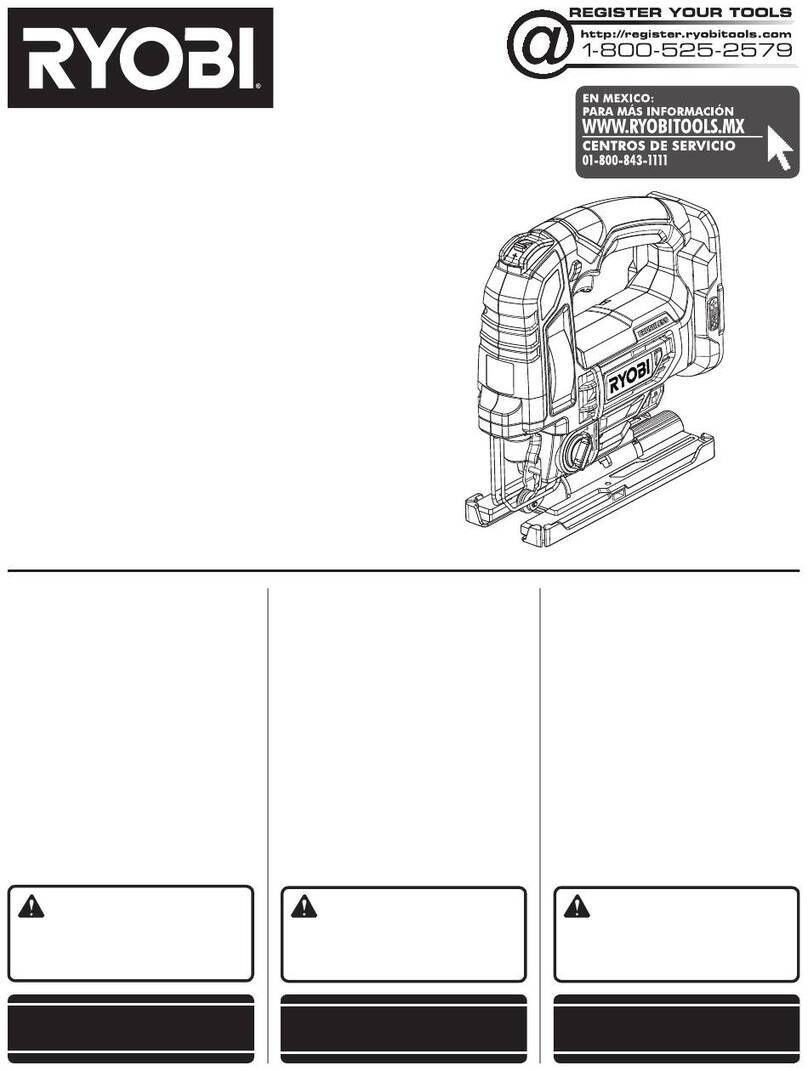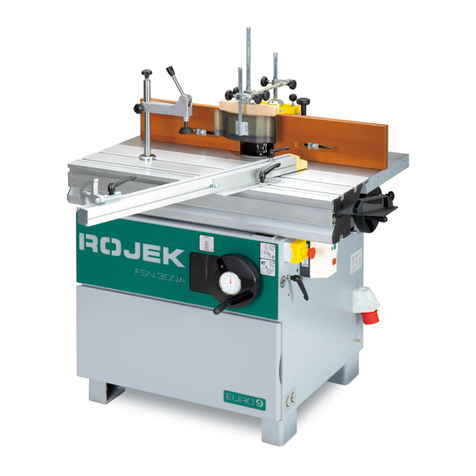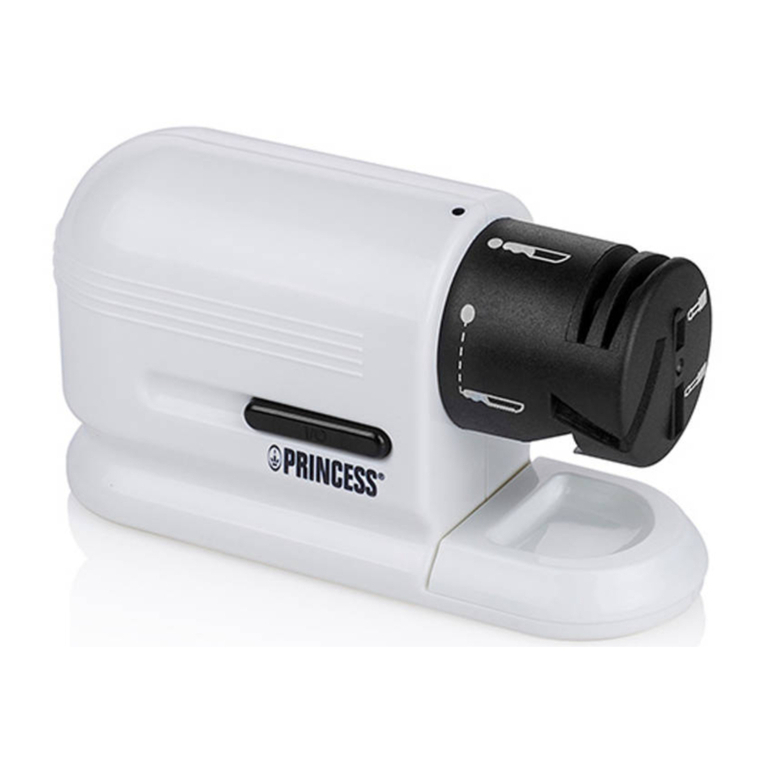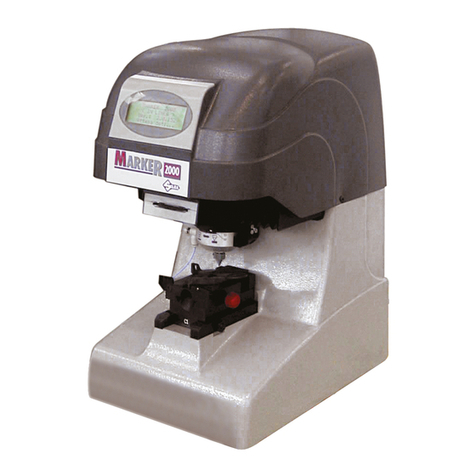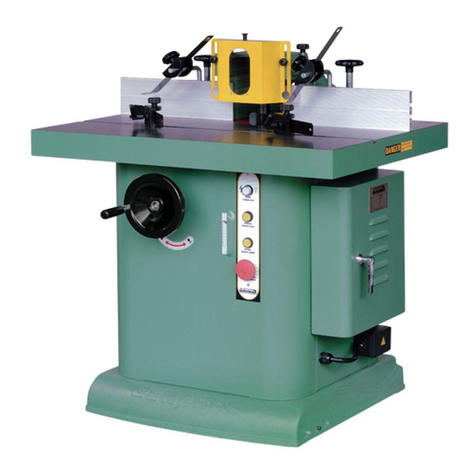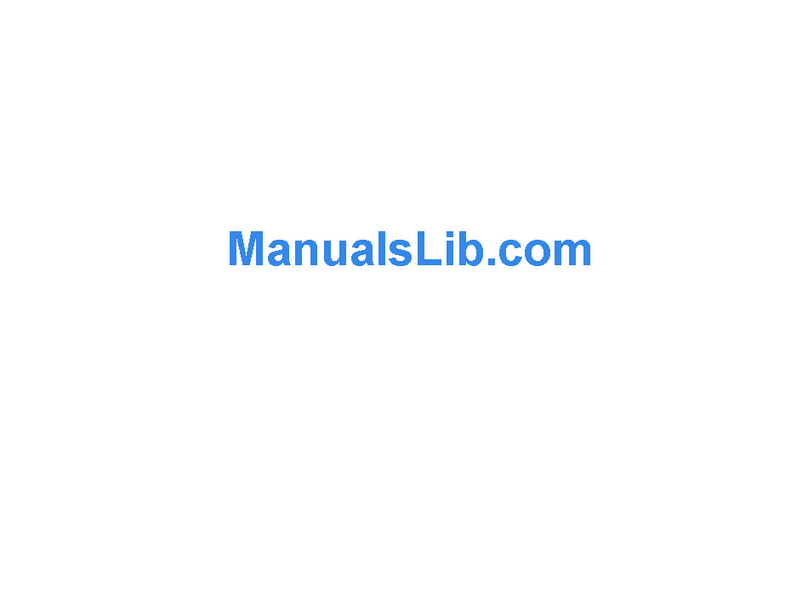
5
en
d)Under abusive conditions, liquid may be
ejected from the battery; avoid contact.
If contact accidentally occurs, flush
with water. If liquid contacts eyes, addi-
tionally seek medical help. Liquid
ejected from the battery may cause irri-
tation or burns.
e) Do not use a battery pack or tool that is
damaged or modified. Damaged or
modified batteries may exhibit unpre-
dictable behaviour resulting in fire,
explosion or risk of injury.
f) Do not expose a battery pack or tool to
fire or excessive temperature. Exposure
to fire or temperature above 130 °C
may cause explosion.
g)Follow all charging instructions and do
not charge the battery pack or tool out-
side the temperature range specified in
the instructions. Charging improperly
or at temperatures outside the specified
range may damage the battery and
increase the risk of fire.
6) Service
a)Have your power tool serviced by a qual-
ified repair person using only identical
replacement parts. This will ensure that
the safety of the power tool is main-
tained.
b)Never service damaged battery packs.
Service of battery packs should only be
performed by the manufacturer or
authorized service providers.
Special safety instructions.
Safety warnings for core drills.
When performing drilling that requires the
use of water, route the water away from the
operator’s work area or use a collection sys-
tem for liquids. Such precautionary measures
keep the operator’s work area dry and reduce
the risk of electrical shock.
Operate the power tool by the insulated grip-
ping surfaces when performing operations
where the cutting accessory could contact
hidden wires. Contact of a cutting accessory
with a "live" wire may make exposed metal
parts of the power tool "live" and could give
the operator an electric shock.
Wear hearing protection when drilling. Expo-
sure to noise can cause hearing loss.
When the application tool jams, stop applying
pressure and switch the power tool off. Check
the cause of the jam and apply corrective
action to eliminate the cause of the jamming
application tool.
When restarting a core drill jammed in the
workpiece, check that the application tool
rotates freely before starting. If the applica-
tion tool is jammed, it may not start, may
overload the power tool, or may cause the
core drill to release from the workpiece.
When securing the drill stand with a vacuum
plate to the workpiece, make sure that the
surface is smooth, clean and non-porous. Do
not secure the drill stand to laminated sur-
faces such as tiles and coated composite
materials. If the surface of the workpiece is
not smooth, flat or well affixed, the vacuum
plate may pull away from the workpiece.
Ensure there is sufficient vacuum level before
and during drilling. If the vacuum level is
insufficient, the vacuum plate may become
detached from the workpiece.
Never perform overhead and wall drilling
when the machine is only fastened using the
vacuum plate. If the vacuum is lost, the vac-
uum plate will release from the workpiece.
When drilling through walls or ceilings,
ensure to protect persons and the work area
on the other side. The core bit may extend
through the hole or the core may fall out on
the other side.
Do not use this tool for overhead drilling with
water supply. Water entering the power tool
will increase the risk of electric shock.
Special safety instructions.
Wear protective equipment. Depending on the
application, wear face shield or safety gog-
gles. Wear hearing protection. The safety
glasses/goggles must be suitable to protect
against the particles emitted from different
operations. Continuous high exposure to
noise can lead to loss of hearing.
OBJ_BUCH-0000000282-002.book Page 5 Tuesday, December 5, 2017 10:35 AM
